
Filter News
Area of Research
- (-) Materials (122)
- (-) Renewable Energy (2)
- (-) Supercomputing (153)
- Advanced Manufacturing (5)
- Biological Systems (1)
- Biology and Environment (102)
- Biology and Soft Matter (4)
- Building Technologies (2)
- Chemical and Engineering Materials (3)
- Chemistry and Physics at Interfaces (7)
- Clean Energy (168)
- Climate and Environmental Systems (7)
- Computational Biology (1)
- Computational Chemistry (5)
- Computational Engineering (1)
- Computer Science (3)
- Data (1)
- Earth Sciences (1)
- Electricity and Smart Grid (1)
- Energy Frontier Research Centers (7)
- Fuel Cycle Science and Technology (2)
- Functional Materials for Energy (8)
- Fusion and Fission (32)
- Fusion Energy (7)
- Geographic Information Science and Technology (1)
- Isotopes (21)
- Materials for Computing (13)
- Materials Synthesis from Atoms to Systems (8)
- Materials Under Extremes (7)
- National Security (45)
- Neutron Data Analysis and Visualization (2)
- Neutron Science (72)
- Nuclear Science and Technology (27)
- Quantum Condensed Matter (3)
- Quantum information Science (4)
- Sensors and Controls (2)
- Transportation Systems (4)
News Type
News Topics
- 3-D Printing/Advanced Manufacturing (5)
- Advanced Reactors (1)
- Artificial Intelligence (21)
- Big Data (13)
- Bioenergy (5)
- Biology (6)
- Biomedical (8)
- Biotechnology (1)
- Buildings (3)
- Chemical Sciences (7)
- Clean Water (2)
- Climate Change (12)
- Composites (2)
- Computer Science (47)
- Coronavirus (7)
- Cybersecurity (2)
- Decarbonization (4)
- Energy Storage (7)
- Environment (18)
- Exascale Computing (12)
- Frontier (13)
- Fusion (2)
- Grid (3)
- High-Performance Computing (20)
- Isotopes (6)
- Machine Learning (7)
- Materials (21)
- Materials Science (20)
- Mathematics (1)
- Microscopy (7)
- Nanotechnology (9)
- National Security (3)
- Net Zero (1)
- Neutron Science (14)
- Nuclear Energy (11)
- Partnerships (3)
- Physics (13)
- Polymers (4)
- Quantum Computing (11)
- Quantum Science (10)
- Security (2)
- Simulation (10)
- Software (1)
- Space Exploration (2)
- Summit (21)
- Sustainable Energy (5)
- Transformational Challenge Reactor (2)
- Transportation (7)
Media Contacts
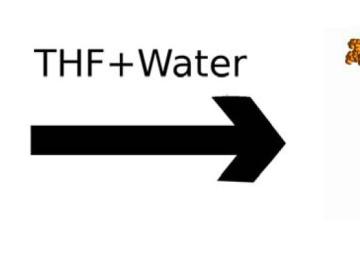

Since lasers were first produced in the early 1960s, researchers have worked to apply laser technology from welding metal to surgeries, with laser technology advancing quickly through the last 50 years. Surgery, chemotherapy, and radiation therapy all play important roles...
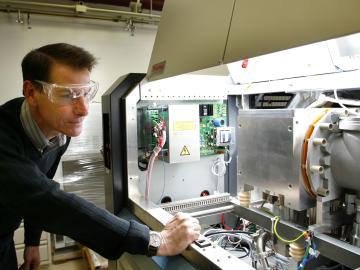
A group of nuclear detectives at the Department of Energy’s Oak Ridge National Laboratory takes on tough challenges, from detecting illicit uranium using isotopic “fingerprints” to investigating Presidential assassination conspiracies.
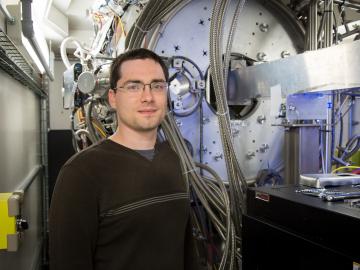
Rechargeable batteries power everything from electric vehicles to wearable gadgets, but obstacles limit the creation of sleeker, longer-lasting and more efficient power sources. Batteries produce electricity when charged atoms, known as ions, move in a circuit from a positive end ...
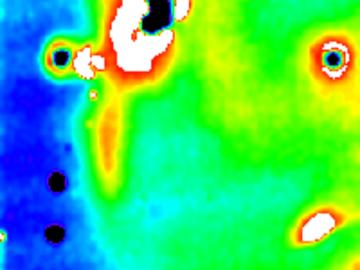
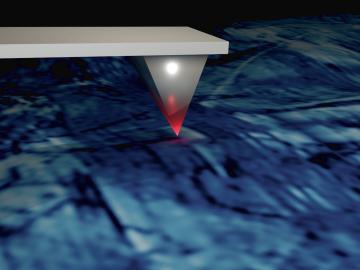
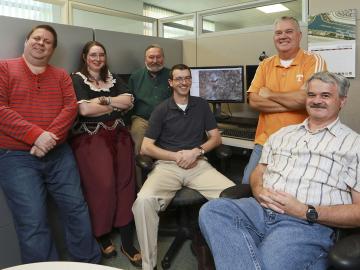
Bruce Lester has had a lot of jobs: fisherman, horse trainer, “professional stair builder.” He last worked for a real estate company, surveying land using geographic software. “When the bottom fell out of the construction industry and the company downsized, I got laid off,”

The Department of Energy’s Oak Ridge National Laboratory, FCA US LLC, and the foundry giant, Nemak of Mexico, are combining their strengths to create lightweight powertrain materials that will help the auto industry speed past the technological
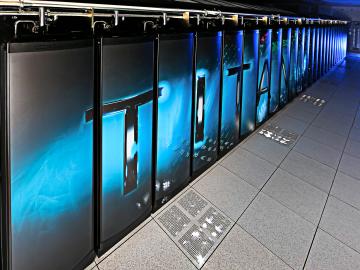
Oak Ridge National Laboratory gave social media users an exclusive tour of its supercomputer Titan on Nov. 5. Using Periscope, a live video broadcasting service app, Bronson Messer, senior scientist at ORNL's Scientific Computing and Theoretical Physics Groups...

Quasiparticles—excitations that behave collectively like particles—are central to energy applications but can be difficult to detect. Recently, however, researchers have seen evidence of quasiparticles called negative trions forming and fading in a layer of semiconducting mate...


